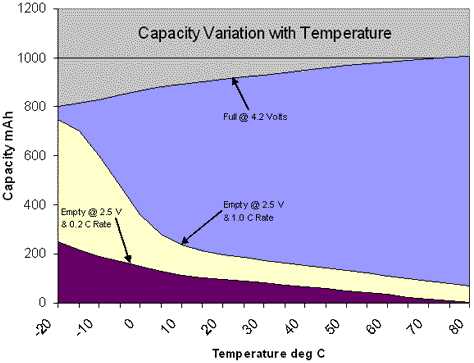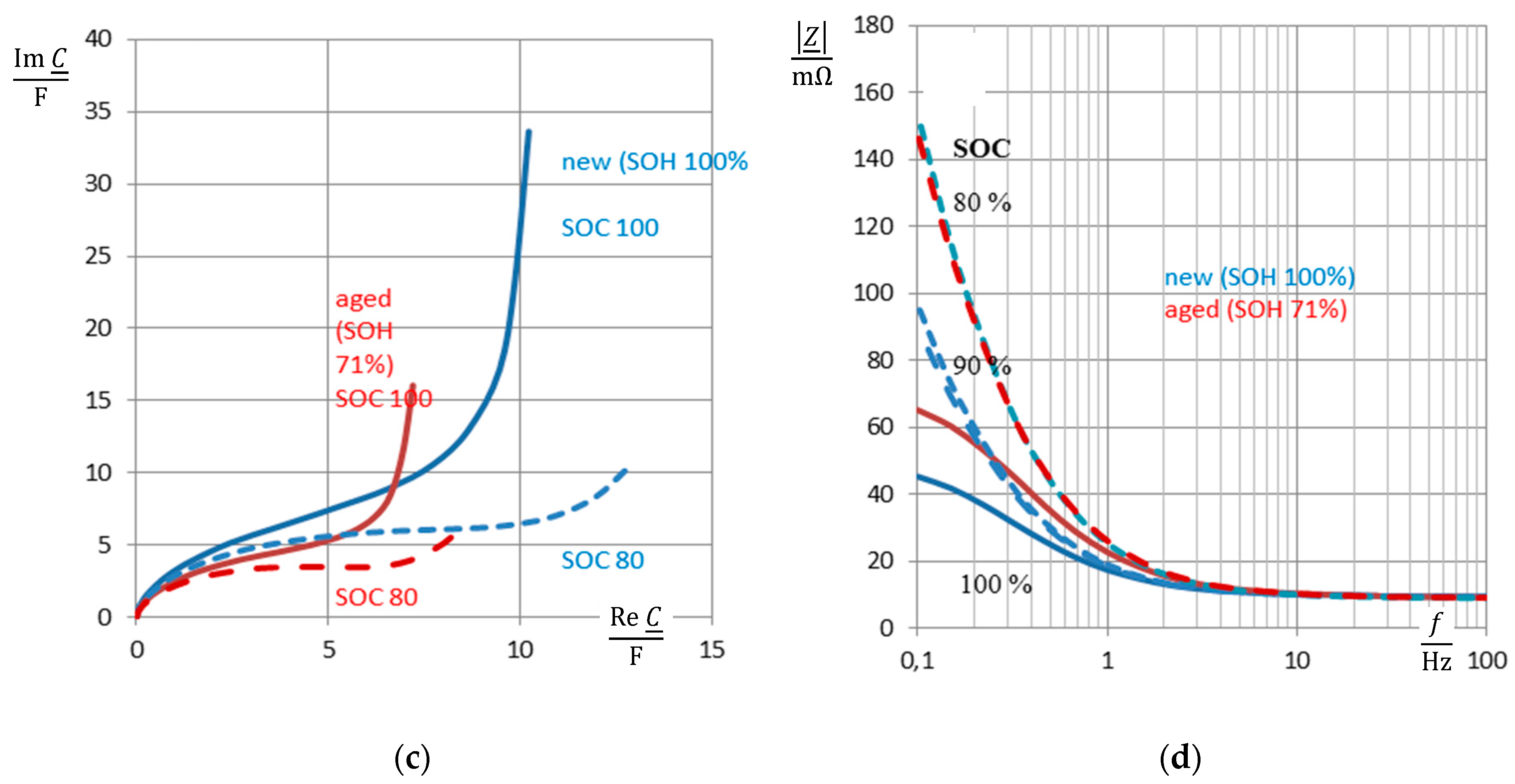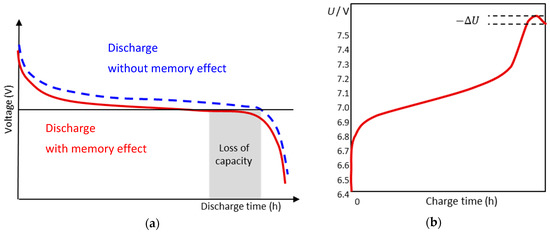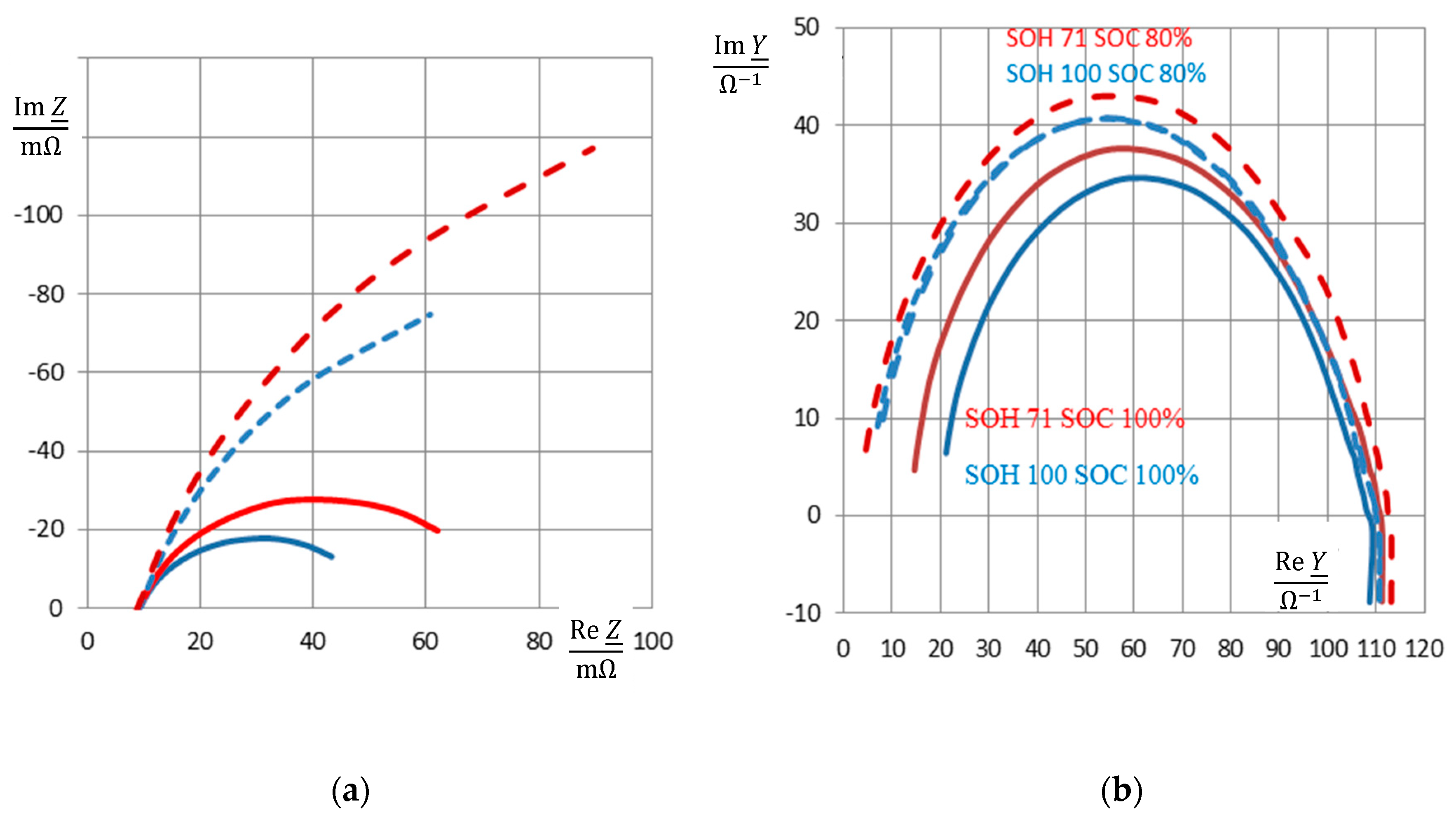How Can the State-of-charge of a Nickel-cadmium Battery Be Determined
You will be redirected once the validation is complete. The method used to rapidly charge a nickel cadmium battery utilizes.

Battery State Of Charge Determination
NiCds use electrodes made of nickel oxide hydroxide metallic cadmium and an alkaline electrolyte of potassium hydroxide.

. Most lead-acid batteries have a charging efficiency of 85 90 whereas Ni-Cd batteries have a charging efficiency of 70 75 indicating that a significant amount of. The voltage of a nickel-cadmium battery remains relatively constant as its state-of-charge changes. Nickelcadmium batteries can be stored in any state of charge and over a broad temperature range ie 65 to 60 C.
Use a voltmeter to check the voltage and charge if the voltage reading is below the batteries stated voltage. How do you determine the state of charge for a Ni Cad battery. By measuring the voltage of a lead-acid battery its state of charge can be accurately determined.
The C 10 700 mA C cell capacity so 7000 mAh for the cell in the photos is generally a safe current to charge a NiCd cell. The fully charged voltage of NiCd cells is quite unpredictable so you cannot and should not rely on the voltage of the cells. A lead acid battery with 28 volts open cell voltage has a closed cell voltage of 20 volts when delivering 2 amps to the load.
Nickel cadmium battery chargers should cut the charge off when the temperature exceeds the maximum charging temperature typically 45 degrees C for a controlled fast charge and 50 degrees C for an overnight or fast charge. The abbreviation NiCad is a registered trademark of SAFT Corporation although this brand name is commonly used to describe all NiCd batteries. 1constant current and constant voltage 2constant current and.
This process is automatic. Vented-cell batteries are normally stored with the terminals shorted together. Nor can the charge be determined by a voltage test because the voltage of a nickel-cadmium battery remains constant during 90 percent of the discharge cycle.
In addition a NiCad batterys charge cannot be determined by a voltage test because the voltage of a NiCad battery remains constant during 90 percent of the discharge cycle. The voltage of a lead-acid battery on the other hand decreases much more notice-ably as it is used. Charging efficiency Energy input Energy output Energy input.
Figures 6 and 7show the discharge voltage curves of nickel-cadmium. The specific gravity of the electrolyte of a nickel-cadmium battery does not change as the state-of-charge changes. The method to rapidly charge a nickle cadmium battery utilizes Constant voltage and varying current.
There is no significant change in the specific gravity of the electrolyte as the battery is charged or discharged. Thus it is not possible to determine the state of charge of the battery with a hydrometer. Nickelcadmium NiCd batteries in the charged state have positive plates with nickel oxy-hydroxide NiOOH as active material negative plates with finely divided cadmium metal as active material and an electrolyte of potassium hydroxide KOH in water 2035 by weight.
A nickel-cadmium batterys output voltage diminishes gradually throughout its discharge cycle. For maximum shelf life however it is best to store batteries between 0 and 30 C. A nickel-cadmium NiCd or NiCad battery is a rechargeable battery used for laptop computers drills camcorders and other small battery-operated devices that require an even power discharge.
The end-of-charge voltage of a 19-cell nickel-cadmium battery measured while still on charge depends upon its temperature and the method used for charging. Nickel-cadmium batteries which are stored for a long period of time will show a low liquid level because. The abbreviation Ni-Cd is derived from the chemical symbols of nickel and cadmium.
The cheapest way to charge a nickel cadmium battery is to charge at C10 10 of the rated capacity per hour. Nickel based batteries can be damaged by overcharging as water is vented out in the form of gas and cannot be replaced leading to a loss of capacity. Thus it is not possible to determine the state of charge of a NiCad battery with a hydrometer.
The nickelcadmium battery is a type of rechargeable battery using nickel oxide hydroxide and metallic cadmium as electrodes. To test the state of charge of Nickel cadmium battery we use. The state of charge of a nickel-cadmium battery cannot be determined by measuring the specific gravity of the electrolyte for what reason.
The only way to know for sure the amount of charge a nickel-cadmium battery has in it its state-of-charge is to completely discharge it and then to.

Lora Best Practices Selecting A Battery Key Battery Parameters Developer Portal

Battery State Of Charge Determination

Diagram Of The Block Model Of The State Of Charge Battery Download Scientific Diagram

Nickel Cadmium Battery An Overview Sciencedirect Topics

Pdf Modeling Battery Behavior For Accurate State Of Charge Indication

Pdf State Of Charge Monitoring And Battery Diagnosis Of Nicd Cells Using Impedance Spectroscopy

Batteries Free Full Text State Of Charge Monitoring And Battery Diagnosis Of Nicd Cells Using Impedance Spectroscopy Html

Pdf State Of The Art Of Battery State Of Charge Determination

Bu 903 How To Measure State Of Charge Battery University

Battery State Of Charge Determination

Bu 903 How To Measure State Of Charge Battery University

How Does Internal Resistance Affect Performance Battery University

Bu 903 How To Measure State Of Charge Battery University

Batteries Free Full Text State Of Charge Monitoring And Battery Diagnosis Of Nicd Cells Using Impedance Spectroscopy Html

Inside The Rechargeable Battery Tech Matsusada Precision

Intelligent Charger For 9v Nimh Rechargeable Batteries V1 Arduino Project Hub

Bu 407 Charging Nickel Cadmium Battery University

Batteries Free Full Text State Of Charge Monitoring And Battery Diagnosis Of Nicd Cells Using Impedance Spectroscopy Html
Diagram Of The Block Model Of The State Of Charge Battery Download Scientific Diagram
Comments
Post a Comment